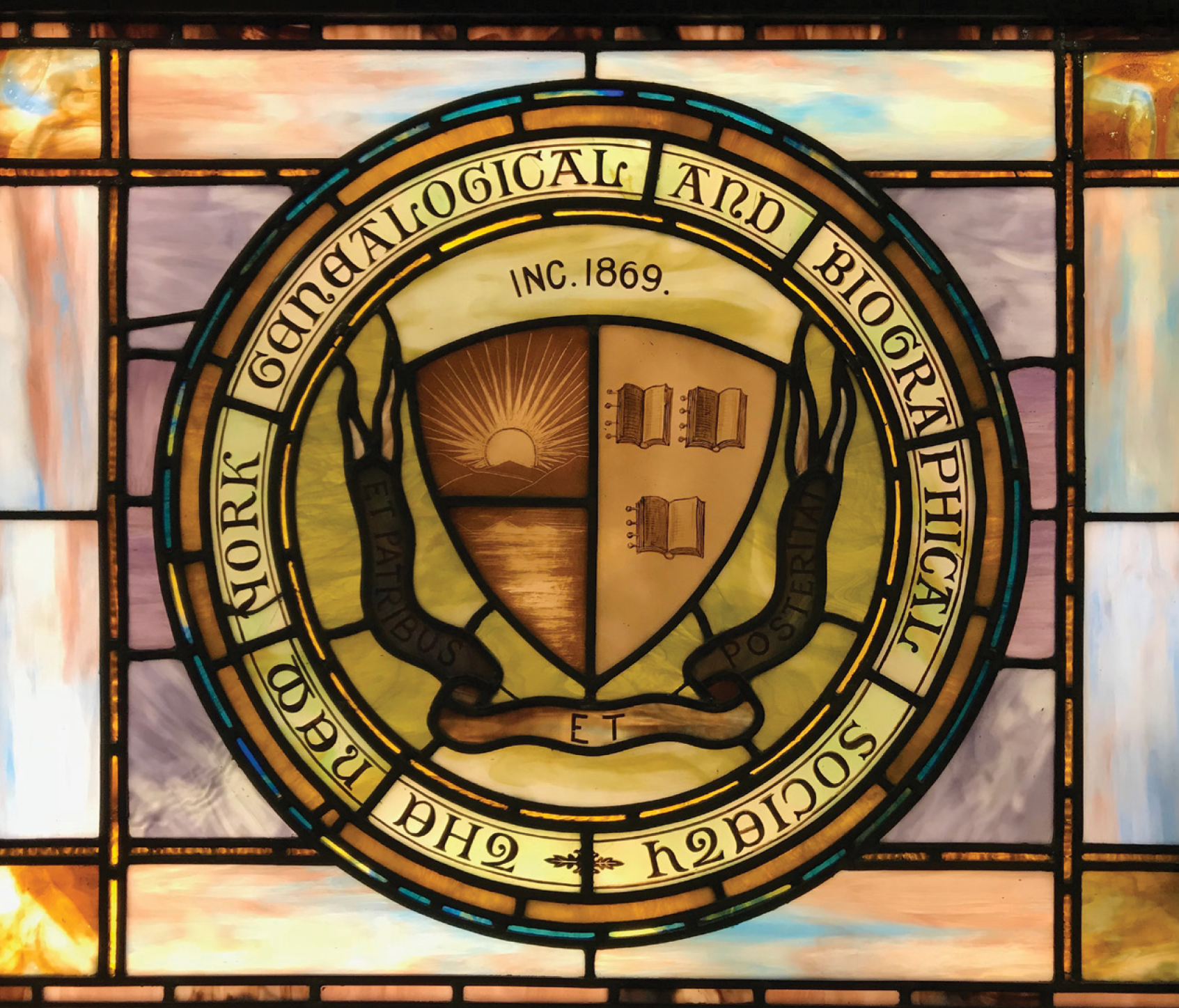This blog was written by NYG&B summer intern Bryley Williams.
The summer and fall are perfect times to find the grave of a long-lost relative, so we’ve compiled a list of six tips to make your cemetery trip go smoothly.
These pointers are from "How to Prepare for a Cemetery Trip" - a lectured delivered by Daniel Horowitz, the Chief Genealogist Officer at MyHeritage. A recording of the live presentation is available for NYG&B members to watch on-demand in our webinar library.
Here are the tips, which are sure to make your next cemetery trip productive and enjoyable:

Photo via interment.net
1. Preparation work before the trip is very important
When you get to the cemetery, the grave you are looking for will not be at the end of a yellow brick road – you’ll have to search for it, and it is important that you know as much information as possible before arriving at the cemetery.
Call up your relatives to ensure that you have the correct name of the deceased, as well as any variations of the name. For example, a grave could be inscribed with “Becky” rather than “Rebecca” or “Joe” rather than “Joseph.” Knowing this information before setting foot in the cemetery will make your search a lot easier.
Also try to collect the names of the parents of the deceased, especially if you are looking for a Jewish grave – often they are recorded on the stone, as well.
2. Use the internet to scout the location in advance
It is a major disappointment to take the trip to a cemetery only to find the gates locked. Before you visit, check the hours, rules, and location, and ensure that the grave you want to find is there. (Tip-within-a-tip: it is best to call cemeteries in the morning, when they are the least busy, except for Monday mornings).
Use online resources such as Gravestone Photographic Resource, Find a Grave, BillionGraves, and MyHeritage to find out more about the cemetery. Those websites may even have pictures of the desired grave.

Cemetery, Buffalo, NY
Photo via Wikimedia Commons
3. Prepare for the weather
Cemeteries are outdoors and often very large – in searching for a grave, you may need to walk quite a bit in the sun. Comfortable shoes are absolutely necessary, as is sun protection.
Also make sure to pack water, both for drinking and for cleaning a potentially-dirty grave, and a phone with a camera (or a phone and a separate camera). Lastly, always carry an umbrella around a cemetery, not least because it might rain; umbrellas are effective in blocking the sun for a good photo.
Depending on the geographic region of the cemetery, conducting your trip in the early morning or early evening may be the coolest and most comfortable option.
4. Always check in at the main office first
While you may want to jump right into exploring, stop off at the main office of the cemetery to ensure that you have all of the necessary information. You may think that the gravestone will provide the most useful information, but the office records may prove even more helpful.
Cemeteries hold records about the relative who arranged the burial. This person is likely someone who will be significant to your subject's story, and you can ask for his or her contact information. If the cemetery will not give it, you can request that the cemetery reach out to the relative on your behalf.

Photo via Wikimedia Commons
5. Photograph all around the gravestone
Once you have found the gravestone, do not only look at the front; move around to the back and walk around the surrounding area to look for more information.
Often there is writing that escapes the eye at first glance or gravestones of relatives nearby. Don’t ignore flowers or other indications that a grave has been maintained – these can be important clues that descendents exist and continue to visit. While you walk around, snap a photo of the entire area so you remember where stones are for future reference.
6. Help those who can't travel - upload your photos
If time allows, capture photos of other gravestones and upload them to BillionGraves, a free, international database for cemetery data. Using the BillionGraves app, you can easily add GPS-tagged photos to the database, with or without internet access.
If you are in a cemetery with other people, you can split up and cover more graves. Others will be able to find your images online and move their own genealogical research forward, all thanks to you. Plaques and other places where names are mentioned can be equally as helpful, so do not limit yourself to recording gravestones.
More tips
If you do have a cemetery trip on the schedule, we highly recommend watching the full lecture, How to Prepare for a Cemetery Trip, from Daniel Horowitz.
Remember, many of our lectures and live webinars are free and open to the public - take a look at our events calendar to see what's coming soon.
More Genealogy Reading
-
Why you need to have your ancestor's New York death certificate
- Find your ancestors obituary: The New York Times and other sources
-
Researching Irish ancestors in New York State: What you need to know
- 11 Ways to use the NYG&B website to improve your skills and find ancestors
-
7 resources to get you started with genetic genealogy
-
Surprising facts about immigration to New York
About the New York Genealogical and Biographical Society

a registered 501(c)(3) organization devoted to
preserving, documenting, and sharing the history of
New York State families. Read more about our mission.
Since 1869, our mission has been to help our thousands of worldwide members discover their family's New York story, and there has never been a better time to join.
The cost of an Individual Annual Membership is less than seven dollars a month, and includes the following benefits:
- Access to over 50 exclusive digital record sets covering the entire state of New York, including the fully searchable archives of The Record.
- A complimentary subscription to all of Findmypast's North American records, as well as U.K. and Irish Census records.
- Access to hundreds of expert-authored Knowledge Base articles and webinars to help you navigate the tricky New York research landscape.
- Exclusive discounts and advanced access to conferences, seminars, workshops and lectures to learn more about researching people and places across New York State.
To learn more or join us, please visit our member benefits page.
